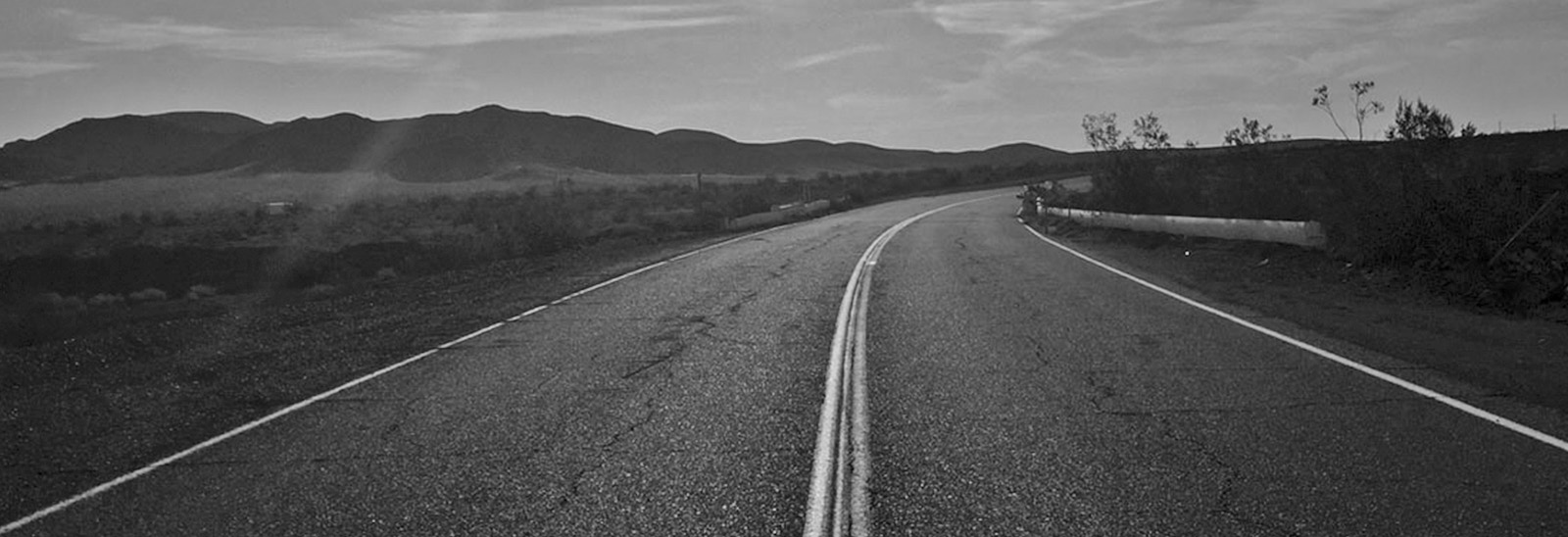June 13, 2017
Still kickin’ it on Route 66

Route 66 traversed the country through eight states and countless cities and towns during the early- to mid-part of the 20th century. It epitomized the burgeoning culture of automobiles and the inherent spirit of American wanderlust.
Long before novelist John Steinbeck coined the name, “The Mother Road,” in his 1939 book “Grapes of Wrath,” Route 66 had captured the nation’s imagination. There were a few transcontinental roads in America before Route 66, built as part of a new numbered highway system, was established in 1926. But Route 66 was different. It was special. It wasn’t the linear, patched together automobile routes that ran in the northern section of the country like the Lincoln Highway or Yellowstone Trail. Route 66 crossed diagonally, from Chicago, Ill., cutting through the Midwest (Missouri and Kansas), then south (Oklahoma, Texas, New Mexico, Arizona), ending in Los Angeles, Calif. Its builders took advantage of the south’s milder climate, making it a year-round route.
It quickly became the preferred road for a new wave of westward settlers and peddlers. Because it linked rural areas it was used by the trucking industry and Midwest farmers to transport goods and grains to an ever-expanding country. During the Dust Bowl years in the 1930s it became a lifeline for these same farmers and their families to escape devastated homesteads and towns. The migration to California was poignantly captured by Steinbeck in “Grapes of Wrath,” writing: “Highway 66 is the mother road, the road of flight.”
Shortly after, the highway became one of defense, playing a significant role in the mobilization of military personnel and equipment during World War II. And post-war, it led ex-GIs west to join California’s post-war job boom. Americans had jobs, money, and time for leisure. Not to mention—they had automobiles! Once more, Route 66 was the road of choice for westward movement and adventure-seeking travelers. In its heyday, it was a corridor of neon, themed motels, and kitschy landmarks. Along the way, travelers could stay at the Wigwam Motel (a chain throughout the South that featured tepee-shaped rooms), or they could marvel at 30-foot giants like the Gemini Man outside the Launchpad Café in Wilmington, Ill.
But as travelers were getting their “kicks on Route 66” (from a Bobby Troup song, famously sung by Nat King Cole) the federal government was signing the road’s death warrant. The Federal-Aid Highway Act of 1956 authorized $25 billion for an interstate system. The Mother Road was eventually replaced by the I-15 from Los Angeles to Barstow, the I-40 through Needles, Flagstaff, Albuquerque, Amarillo, and Oklahoma City, and I-55 through St. Louis to Chicago. By 1970 nearly all the original road was replaced by modern four-lane highways. The neon dimmed. Many of the showy landmarks abandoned—left to decay. The final death nail came when the road was removed from maps and decommissioned on June 27, 1985.
The one thing progress couldn’t destroy, however, was the spirit of The Mother Road. A cultural icon today, travelers with a hunger for nostalgia find their way, turn by turn, on segments of the roads that still exist. Preservation, which began soon after the road’s decommissioning, is taking place in all eight states through which it ran. Preservation associations sprang up in all eight states between the late 1980s and the early 1990s. In 1999, Congress passed the National Route 66 Preservation Bill, providing $10 million in matching fund grants to those looking to preserve or restore historical properties along the legendary route. So, travelers can again taste the road. And, yes, one can still stand at the feet of the colossus Gemini man and eat at the Launchpad. And, yes, one can still stay at a remaining Wigwam Motel! Officially, Route 66 doesn’t exist anymore. Passionately, it’s still traveled.
Photo, top of page: One of today’s most vulnerable segments of Route 66 is the desert stretch in San Bernardino County, California. This is a desolate portion of the route and many of the wooden bridges, built in 1905 before the Route 66 designation in 1926, are in serious disrepair. GPA Consulting is currently working with the county to prepare environmental, biological, and historical studies for a 111-mile segment of California Route 66.
Online sources: The Federal Highway Association, Historic66.com, California Historic Route 66 Association, and the Illinois Historic Route 66 Association.